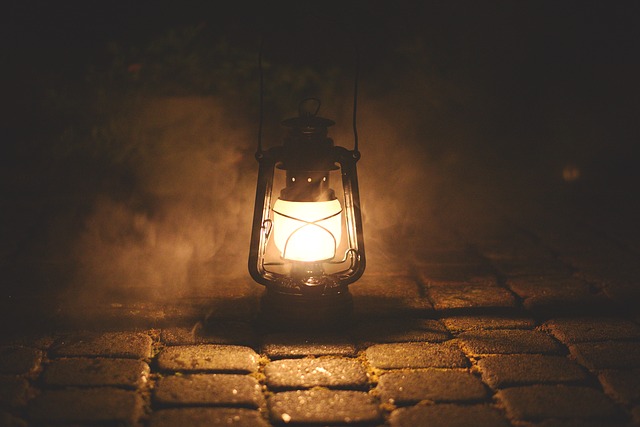I’ve been going through a… Goblin Market phase recently, as you might recall. So, I decided to write a brief, accessible post on feminism in Goblin Market. Christina Rossetti’s poem is rich in symbolism, and an interpretation related to feminism and economics couldn’t be absent.
Academic criticism has explored feminism in Goblin Market – a lot – so I’m certainly not breaking any new ground here. After all, this post is based on my BA thesis and therefore isn’t exceptionally deep or analytic to begin with. However, I still think there are intriguing viewpoints in it, with important repercussions for our times, too.
Is feminism in Goblin Market about sex? Is it about control? It’s about these and more. Nonetheless, my focus is mostly on economic independence: how the Victorian woman (and, by association any woman) is as free as her ability to provide for herself and set the rules of the (economic) game. The lessons from the Victorian era are still applicable today, and feminism in Goblin Market is, I’d argue, pertinent to many of our contemporary discussions.


